Intelligence is not fixed at birth as was previously thought. Intelligence and ability can increase or decrease over the lifespan depending on activities we engage in. We all make eighty thousand neurons every day in our memory center. The trick is to engage in activities that nurture all these new neurons lest they wither on the vine. How does all this work?

The brain is in a box. It only knows of the outside world through the senses. We used to think that reception was perception. The senses report to the brain and the brain gets the correct information. It’s not like that at all. What do you see in the following picture?

Young people tend to see a young woman and older people tend to see the older woman. Why? One of the tasks that consumes a lot of the brain’s resources – and one we take for granted – is figuring out how to get through the day. I mean literally.

Everything we do is enormously complicated. We have to gauge the distance to the staircase, how much power we will need in the legs, momentum, balance, etc. If you were to try to figure it out on paper it would take all day.
The brain is an extremely expensive piece of equipment. Pound for pound, it draws ten times more energy and resources than other systems. Therefore it is always looking for ways to cut costs. Our brains save a lot of time and computing power by seeking out patterns and filling them in. We have all these senses supplying the brain with way too much information, so the brain ignores a lot and makes assumptions about the rest. It’s not reality, but it works better. If it recognizes a pattern it will fill in the rest – not based on observation – which is hard – but from memory of previous experience – which is easy – but less accurate. This is how we finish someone’s sentences for them – or not. We see a young face, or an old one based on what we expect to see, not what is really there. Here is an example of how filling in a pattern can be wrong – over and over again.
https://www.youtube.com/watch?v=01LMFFpAWYM
Since we know that faces are convex – they stick out at us, in a two dimensional image we will interpret a face sticking out, whether it is or not. We make patterns in other ways. We associate personality traits with appearance and body type.
Heroes aren’t ugly,

and Villains are rarely good looking

unless you’re Kate Blanchett.
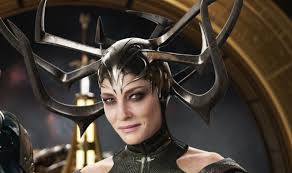
Real heroes are often not very attractive.

Perceptions can be influenced by other things.
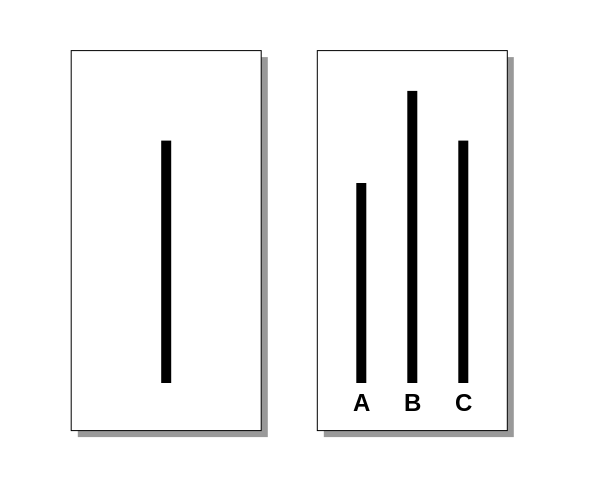
Take a good close look at these lines. Which one on the right is the same length as the one on the left? Depends on the circumstances. In a famous experiment, when most people in a room (who are in on the experiment) insist that it is A or B, 1/3 of the subjects will go along with the crowd. Some had doubts and bowed to peer pressure but some were actually convinced that their own perceptions were off. You can convince people to ignore the information from their own senses about something that is right in front of them. People will be swayed by a crowd. Can you imagine how easy it is to sway people if the evidence is NOT right in front of them.
For example, Hillary Clinton won the popular vote by 2.8 million votes. Like her or not that is a fact. The count was done several times. But if enough people say that somebody else won the popular vote enough times from enough different media sources the true memory will be supplanted by the false memory in a lot of people, and they perpetuate the problem. This alternative fact (which in the trade we call a lie) will now become the truth for them. This is how false memories can be planted, unless you are very careful. Sadly, once false information is accepted it is hard to eradicate. Our reward system kicks in on our formed opinion, cherry-picking information that reinforces the opinion, and ignoring information counter to it. It is hard to keep an open mind.
We make associations (mental patterns) and go along with the crowd to save us mental work and time. Most of the time this works pretty well, but it is subject to error, and increasingly manipulation.
The best thing is thinking for yourself. This is why reading a speech is better than hearing it in a crowd. It’s one on one, and you can form your own opinion without peer pressure or the swagger of the speaker. Your brain has a better chance of determining “Does this make sense?”
This is hard to do when we are surrounded by so many distractions, both invited and not. Also, people have gotten out of the habit of thinking for themselves just as they have fallen out of the habit of doing things for themselves and for the same reason. It’s hard. Let’s find out just how hard.
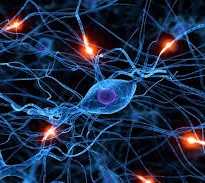
Wherever you are, try writing your name with your non-dominant hand. The circuitry to write with the other side of the brain is already there. You can definitely get signals from any part of the brain to any other part, but the circuitry to make that particular series of moves in the correct sequence has never been used like that before on this side of the brain. The route exists but which one is it? The brain is going to try all kinds of random neural pathways to get the job done and most of them are going to be wrong. It will be tragic. It’s like finding a path through a forest that is totally overgrown, and this one is in three dimensions. Likely you will be using way too much force. Your dominant hand will keep edging up to help saying, “Oh please boss just let me do this already.” But every so often a random command will – just by chance – be the right one, and you’ll feel that it’s right. You’ll get that little eureka moment that you get whenever you’ve accomplished something difficult. Not only do you feel that victory, your brain releases a neurotransmitter that says “That’s it. That is the sequence of moves right there that made that letter,” and the neuron circuit that did that move is strengthened, the rest are not.
I have my students brush their teeth with the other hand. After three days, they are OK. After three weeks, they are just as good with one hand as the other. What has happened in the hand? Not much. What has happened in the brain? This:

Your neurons grow new branches. Synapses along the right path get more resources and get physically bigger and they stay that way, sort of like upgrading to high speed internet. Then you build on that. For a simple task like brushing your teeth the following day it will still be hard – awful really, but you will have a rough path to follow. The third day it will be almost acceptable. Writing is the same, but since it is more involved it will take more time.
Once the circuit (called an engram) is built it endures, hence the expression, “It’s like riding a bike.”
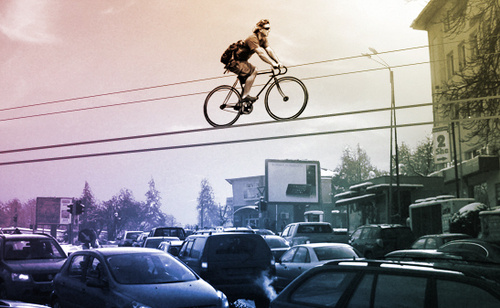
You shouldn’t be surprised at the random nature of building neural networks. That’s how nature does things. An oak releases thousands on thousands of acorns. Very few make it. The number of species that lived and died out is far greater than the number of species that made it to today. Nature experiments randomly, and things that stick survive. Neural networks that do the job also survive.
Due to our limited perspective, we see some amazing creation of nature and cannot understand how something so sophisticated – like the human eye – ever got created by random chance. It was random chance and the pressure of natural selection. There are examples of every phase of eye development; creatures with light sensitive cells on the surface, then ones in pits for more protection, then ones with a cornea for more protection. Over billions of years there are a lot of random changes but only the models that worked survived. If we could see all the all the experiments that failed it would make more sense, but they’re not around. It’s called survivor bias. We see what worked and are floored by it, not seeing all random trial and error that went into it.
Eyes are an expensive peripheral that are disgarded if you don’t use them. Fish and shrimp and reptiles that migrated into caves and stayed there for generations have lost the ability to see. They have vestigial eyes that don’t work. Some snakes have tiny vestigial legs on their skeleton. If you don’t use it. You lose it.
It’s not the neurons you have it’s what you do with them. When you challenge yourself to do something new (learn something), your brain makes new connections and reinforces old connections in different patterns. The brain resists this because it costs energy and the brain is already very expensive to run. Most of us seem to be preprogrammed to be a bit lazy. A good way to exercise the mind in a way that many people find enjoyable is reading.

When I was a kid, everybody used to read all the time. New York was the most literate city in the world, probably because we were all stuck on the trains and there was nothing else to do.

One of the strongest indicators of intelligence is how much a person reads, even if they are reading trash. You still have to use your imagination. Think of the word – images in motion. You also have to focus for more than a sound bite. Now you don’t have to do that. Images are supplied. Now everybody is on their phones passively watching, and doing nothing as their brains atrophy. Watching sports instead of playing sports, playing candy crush instead of doing the crossword, looking on social media to see what everybody else is doing, without doing anything ourselves.
Meanwhile all the science
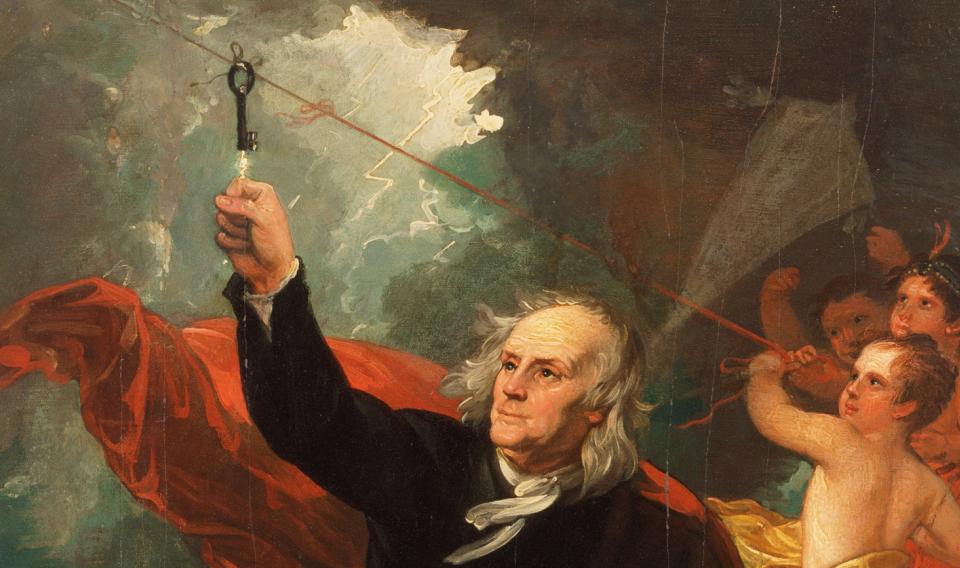
and art

and inventing
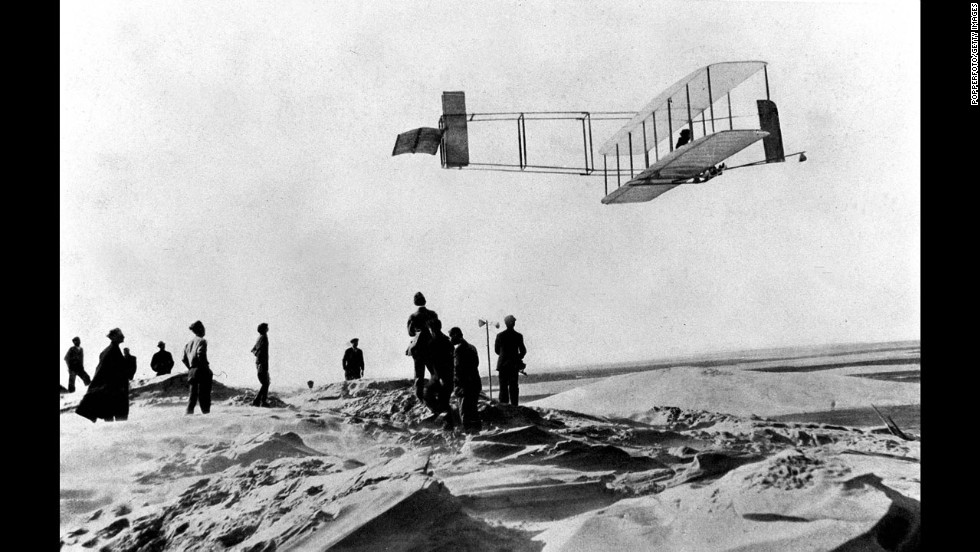
and thinking

was done by a doer, not a watcher.
The choices you make influence whether you become more or less intelligent over time. If you challenge your body with exercise and your mind with exercise they both get stronger. It doesn’t come for free. Study, reading, sports participation, social interaction, teaching, learning a musical instrument, working on problems, helping people; all of these are activities which stimulate and challenge the mind. Watching images fly by without doing anything does not. Everybody needs downtime, including me, but it is a matter of balance. It is no accident that we now have binge watching to go along with binge eating and binge drinking. Netflix has it set up so that the next episode of whatever comes on in a few seconds. The next thing you know it’s nine hours later. You just spent a big chunk of your day watching other people do stuff while you have done – nothing.
I’d rather be in the room with the doers. They are far more interesting.

I had to watch that rotating mask several times. If I keep watching, will it make more sense? I’d prefer to be a genius than schizophrenic!
It gets easier as it gets slower toward the end of the video. If you focus on one place, like the corner of the eye, sometimes you can percieve the correct dimension.
Ray Bradbury observed, “The only things you ever really own, are the things you’ve done yourself.”
not finished reading